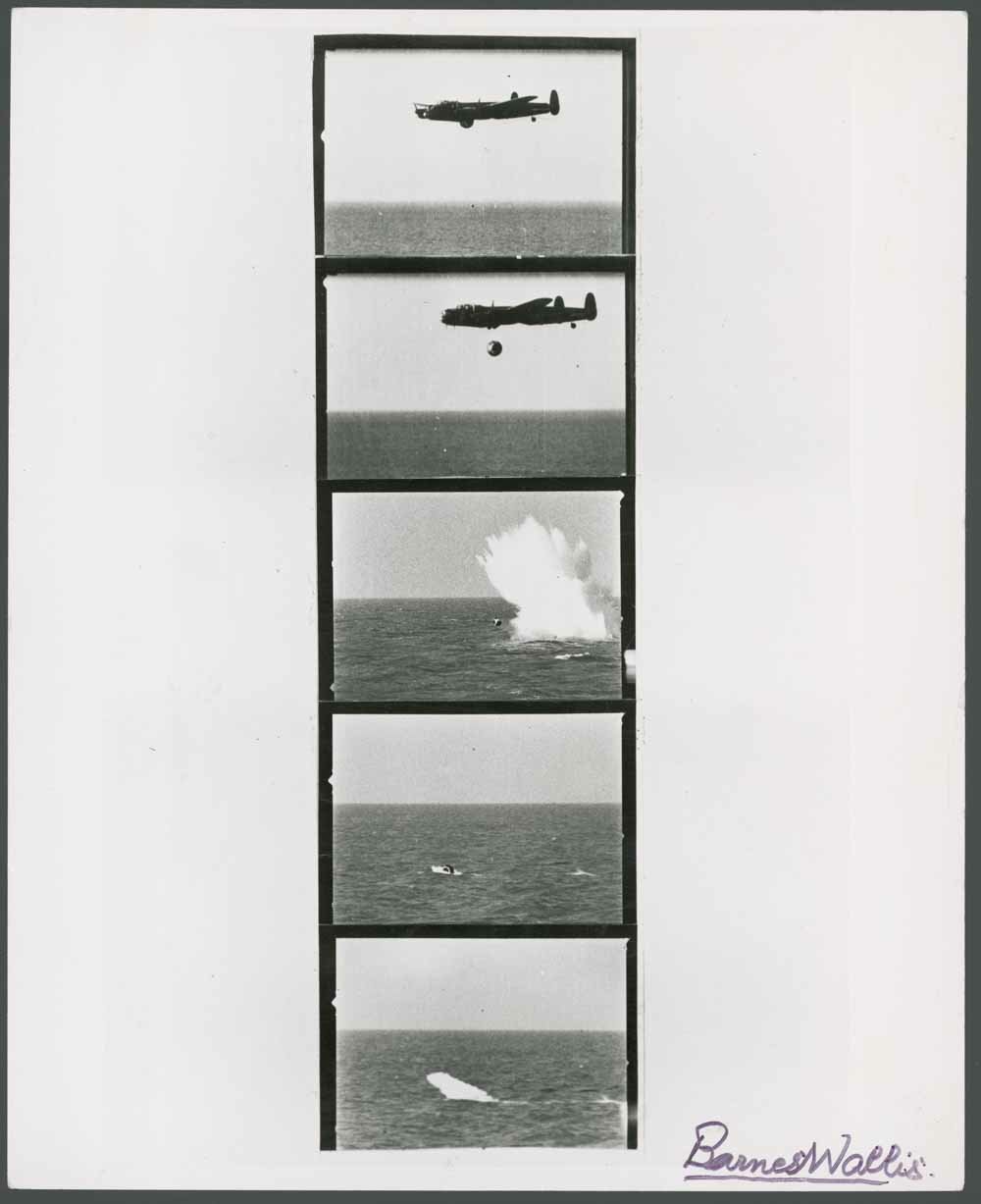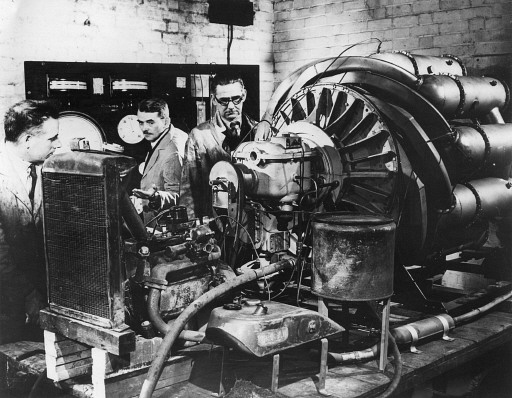Sam Potts, Communications Officer at the National Railway Museum writes about a rather special gathering in York for Mallard75. On 3 July 1938 Mallard made history when it became the fastest steam locomotive in the world. The locomotive reached 126mph on the East Coast main line, a record which still stands today, 75 years later. Mallard is a streamlined A4 Pacific, designed by Sir Nigel Gresley to be the flagship locomotive for the London & North Eastern Railway’s Silver Jubilee services. In total […]
Will Dave is the Senior Communication Manager for the Science Museum Group. His job is finding and sharing interesting stories from the vast Science Museum Group Collection.
Dr. Corrinne Burns, Assistant Content Developer in the Contemporary Science team, writes about Listen to your Heart, a Live Science experiment where visitors explore interoception. How good are you at figuring out what people are thinking? Can you put yourself in someone else’s shoes? Alternatively, are you cool and collected? Can you regulate your emotional responses? Surprisingly, researchers think that all these qualities could be related to something called interoception – that is, how good you are at sensing the workings of your inner body, […]
To celebrate Alan Turing’s birthday this week, curator David Rooney gave the #TuringTour, a tweeted live tour of our Codebreaker exhibition. The full tour can be seen here, but we’ve pick out a few highlights for you below… Our #TuringTour starts with Pilot ACE, probably the most significant #Turing object ever http://t.co/AhloRzaZRV pic.twitter.com/L1uocI4OiZ — Science Museum (@sciencemuseum) June 18, 2013 Pilot ACE is the computer #Turing designed, and was in its day, the fastest computer in existence #TuringTour pic.twitter.com/GrgS3suSQp — Science Museum (@sciencemuseum) […]
This summer, our IMAX theatre will be transformed into a steampunk world for ‘The Energy Show’. This theatre show for families explores the different forms of energy through some explosive experiments live on stage. It stars futuristic science students Annabella and Phil plus their lab assistant Bernard. These initial sketches from designer Janet Bird demonstrate the distinctly steampunk feel to The Energy Show. Science Museum Live presents ‘The Energy Show’ at the Science Museum from 22 July – 31 […]
Dr. Harry Cliff, a Physicist working on the LHCb experiment and the first Science Museum Fellow of Modern Science, writes about his recent filming trip to CERN for Collider, a new Science Museum exhibition opening in November 2013. The first part can be read here. Day 2, Thursday On the first day of the Collider exhibition team’s visit to CERN we had explored the architecture and interiors of the town-sized laboratory. Now it was time to enter its beating heart: the gigantic experiments probing the fundamental laws […]
Dr. Harry Cliff, a Physicist working on the LHCb experiment and the first Science Museum Fellow of Modern Science, writes about his work on Collider, a new Science Museum exhibition opening in November 2013. In the past year, I’ve become a regular passenger on the evening flight from Gatwick to Geneva, home of CERN and the mighty Large Hadron Collider. I think I could recite Easyjet’s pre-recorded safety announcement pretty much word-for-word if pushed. But this was a rather special trip, as I was visiting CERN […]

Seventy years ago, in the early hours of the 17 May 1943, 8 Lancaster bombers flew back to RAF Scampton and into the history books as part of the daring Dambusters raid.
Guest post by author Tony White, who writes about his new novel Shackleton’s Man Goes South, the Science Museum’s 2013 Atmosphere commission. Download the book here. I’m really excited that the moment you turn the corner from the lifts on the 2nd floor of the Science Museum you get a clear view right across the Atmosphere Gallery to a large logo on the opposite wall, twenty-feet high, which seems to be melting or dripping down the wall but which still recognisably spells […]
Harriet Lamb, Senior Individual Giving Executive in our Development team, writes about the history of the 1851 Great Exhibition. Early May marks the anniversary of the opening of the Great Exhibition of 1851 (and therefore the origins of both the Science Museum and Victoria & Albert Museum). 100,000 objects from art to machinery, from all over the world were on display in an enormous purpose built glass structure – so big that it arched over two of the trees in Hyde […]
The Museum is looking for participants to help us create content and design a new way for visitors to engage with the objects on display in the museum.

Dr Hayaatun Sillem from the Royal Academy of Engineering explains why continued investment in R&D is essential to rebalancing the UK economy.

The unpredictable British weather has had a big impact on our lives already this year. So, as we emerge from the April showers, what better theme for a Lates evening is there than the science of climate change?